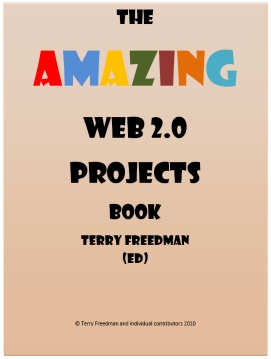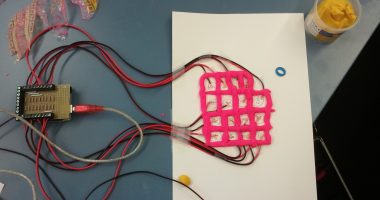
In the Age of Cultural Access (access to information, access to production and access to reproduction) all areas are being affected by the 2.0 dynamics.
Terry Freedman decided to take this premise and apply it to the educational system in The Amazing Web 2.0, a wonderful compendium of the possibilities of collaborative digital technologies.
Freedman deals with experiences of teachers around the world, and reflects on which ones are the common practices incorporated in the educational field, creating a global map of what is known as expanded education. It should be noted that Freedman’s book does not intend to praise on technological vanguards but to share a teaching task.
Freedman includes, among many others, the following example, drawn from the information given by Jackie Gerstein
Age range: 9-11 years
Applications used: Google Map
Description: Using Google Map, students are orientated to a place they were going to for an excursion as part of a primary school unit of work, in this instance a river. Students are able to examine the types of uses for the river by following it along its length. In following the river, the students found navigating a challenge but it did improve their skills in understanding direction. Because the site we examined in greater detail was near many of the students’ homes, they got very excited and were invited to view their homes. It was a great example of the way web 2.0 resources can be used for authentic learning.
What challenges had to be overcome? The only issue with this is getting access to Google maps, which most schools should provide. If blocked ask the local administrator to unblock the site.
What would you recommend to others?Inspiration could be used to collate and sort types of uses of the river.
The Amazing Web 2.0 is related to the concept of expanded education that was developed during this year’s first I+C+i session. There was a discussion about the impact the digital environment is having on education and learning processes, the blurring of boundaries, which go beyond institutions, methodologies and subjects and give rise to new concepts such as Social Open Learning.
The Amazing Web 2.0 deals with the need to identify which digital tools and processes are most common in the educational context and promotes their incorporation into curricula and learning processes.


Leave a comment